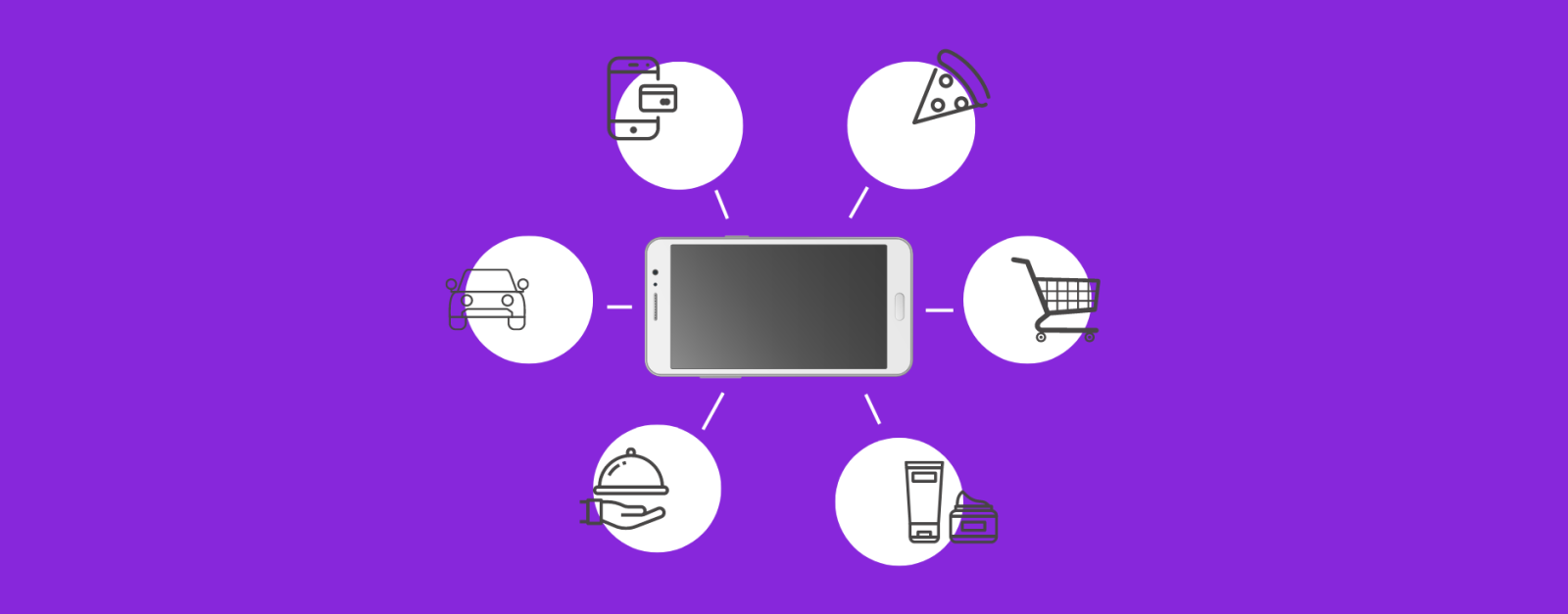How did Uber become one of the leaders in transport without owning a car? This phenomenon has a name: Uberisation. By transforming itself into a platform and conceptualising a new business model, the company has created a new market, going so far as to question the existence of well-established players.
Uber has revolutionised transport by dispensing of the historically established intermediaries and putting passengers and drivers directly in touch with each other. The customer experience has been reinvented and simplified: a simple application is all it takes to order a car at any time of the day or night. There is no need to call a reservation centre and explain to an operator - sometimes based abroad - exactly where you are. Finally, payment is done directly via the application. There is no money transfer in the car, no wasted time, no credit card charges and no fear of not knowing how much the journey will cost until you arrive.
With such a disruptive business model, Uber has transformed its market. But this success is far from being the only one. Since Uber at the end of the 2000s, many entrepreneurs have understood how to revolutionise their sector based on the same levers: digitise, simplify and make the product as scalable as possible. We have therefore dissected the model to help you take it on board; so why not adapt it to your business?
1) A digitised customer journey
-
What's happening at Uber:
Everything happens online: the application puts seller and buyer in touch with each other without any intermediary. Thanks to geolocation, the supplier comes to the customer. The latter does not need to look for the best solution: it is brought to him on a plate.
At the end of the journey, the receipt is sent by email and archived in the application so any orders can be easily tracked. There is also a corporate portal for professionals to centralise billing data to simplify the management of expense reports.
-
What you can implement:
Your customers should enjoy a frictionless digital path. This can, for example, consist of the creation of a portal for tracking orders, quotes and payments. This way your customers always know where they stand. Online payment simplifies administrative procedures and avoids errors. Mobile applications are becoming more and more widespread and can have real added value if they provide a business-oriented service.
2) An offer where simplicity rhymes with efficiency
-
What's happening at Uber:
You know where the car is arriving, at what time the passenger will meet his destination, you can easily identify the driver, share the journey with other passengers, add stops on the road, rate the journey and leave a comment. Everything is done in a few seconds directly from the application. Simple, quick and efficient.
-
What you can implement:
The economy of ownership tends to fade away when comparing to that of use. What matters is the value created by using your products, not owning them. Switching to a pay-as-you-use or fee-based system makes it easier to understand your fee schedule and allows you to offer additional services (updates, insurance, maintenance, etc.).
This may involve packaging offers that are readable and accessible online, creating subscription-based solutions by transforming your products into services. The challenge is to promote usage, with price becoming secondary.
In this context, a company manager first asks himself the question of how to change his business model to continue to grow. By working with a finance provider, you can offer your products on a subscription basis without worrying about financial risk and impact on cashflow. The finance provider will bear the credit risk of the end-user and will pay you upfront for the sale so you recognise revenue upfront.
3) Transparent and predictable prices
-
What's happening at Uber:
Pricing is transparent and shown upfront. There are no unpleasant surprises. Prices are adjusted in real time according to supply (available drivers) and demand (customers wishing to travel). Uber remains more flexible and generally cheaper than its historical competitors (taxis).
-
What you can implement:
With a pay-as-you-go or fee-based system, your customers pay only a fraction of the price each month or a subscription to a service, instead of paying a substantial amount at the time of purchase. No need for a bank loan or to put your cash flow at risk to acquire an asset. Any seller can thus make his offer accessible through an as-a-service model, with option to purchase. When services are clear and transparent, trust is naturally established.
4) A service-oriented business model
-
What's happening at Uber:
Customers rate the driving, the cleanliness of the car, the courtesy of the driver, etc. This approach creates an efficient scoring system and makes it possible to prioritise the best drivers for each journey. This is a model that maximises the quality of the service provided. The challenge is to retain the customer and reduce the impact of competition through quality of service.
-
What you can implement:
Like Uber, ensuring a reliable service prevents the loss of customers and maximises recurrence. We also talk about "churn", i.e. the rate of customers who stop subscribing. The objective is no longer to compete on price, but on the contrary to improve margins in exchange for a high level of service and reliability. This is a major expectation in B2B.
Uberising your business means questioning the status quo and redefining your priorities in line with changing customer expectations. To achieve this, the transition to digital mode (online shop, dematerialisation of sales processes, electronic signature, online portal, etc.) is just as essential as the transformation of its thinking model. Thus transforming a product into a service and turning a sales act into an experience has become a necessity to preserve its growth. This model, sometimes described as uberisation, sometimes as servitization, is no longer reserved for start-ups and large digital companies. It is now aimed at all structures through sales financing.
